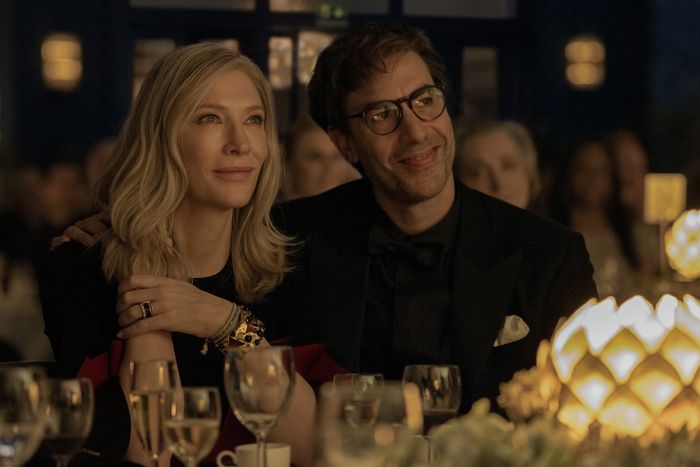When Finneas was tapped to score Alfonso Cuarón’s Apple TV+ thriller Disclaimer, he entered unfamiliar terrain. Known widely for his chart-topping collaborations with sister Billie Eilish and his own solo catalog, Finneas arrived with Oscars, Grammys, and streaming stats under his belt—but no experience in episodic television scoring. That didn’t seem to bother Alfonso Cuarón, whose track record for extracting unexpected performances from collaborators is well documented. What followed wasn’t a grand reinvention, but something more subtle: a process of unlearning.
The seven-part series stars Cate Blanchett as Catherine Ravenscroft, a journalist unraveling after she becomes the subject of a mysterious novel that reveals buried trauma. Cuarón’s world, built around memory, guilt, and perception, required a sonic counterpart that was careful, fractured, and emotionally liminal. Finneas delivered, but not without a learning curve. As he admits, scoring for a string quartet was a foreign language he had to teach himself in real time.

Rather than retrofitting pop motifs into a cinematic setting, Finneas leaned into the restraint that defines much of Cuarón’s directorial style. In keeping with the director’s preference for minimalism (notably in Roma and Y Tu Mamá También, both of which largely eschewed a traditional score), Finneas built his compositions to breathe rather than dominate. The music surfaces sparingly, threading through montage sequences or operating as a quiet interior monologue.
To achieve this, he brought on composer David Campbell to help transcribe and orchestrate the material—an honest admission of limits that, ironically, plays to the strengths of the project. The Attacca Quartet, already known to Cuarón, performed the string parts. These weren’t lush romantic swells but sharp, fragile fragments—moments of tension strung between silences.
One of the more memorable themes is reserved for Catherine herself, introduced early via a cello motif that becomes a touchstone for the character’s internal unraveling. It reappears in altered forms, sometimes paired with synths to reflect the fractured emotional dynamics between Catherine, her husband Robert (Sacha Baron Cohen), and their son Nicholas (Kodi Smit-McPhee). Nicholas, who listens to grime and drill, adds an interesting challenge—his sonic world clashes with the subdued elegance of the score, and Finneas doesn’t force a reconciliation. Instead, he allows the dissonance to sit there, unresolved. That tension is the point.

The most challenging musical moment comes in Episode 7, where the truth about Catherine’s past is finally exposed. The emotional pivot—that the defining trauma of her life might not be as it seemed—required a complete tonal shift. Finneas was given a musical cue by Cuarón for the pivotal assault sequence and expanded on it, creating something that felt appropriately “horrible,” as he puts it. It’s a striking example of how music can both underscore and destabilize a narrative, enhancing discomfort rather than smoothing it out.
In many ways, this project forced Finneas to sidestep the skills that have made him successful in the pop world—melodic immediacy, lyrical catharsis, rhythmic impact. In their place: ambiguity, texture, delay. The score works not because it showcases Finneas as a virtuoso, but because it subdues his voice in service of something larger.
For an artist used to working in controlled, self-driven environments, scoring Disclaimer also meant learning to operate non-linearly. Jumping between episodes, revising cues as the story evolved in the edit, Finneas describes the process as “satisfying.” That satisfaction seems to stem from the act of becoming a student again—less about proving artistic dominance, more about careful listening.
What makes this score worth discussing is not only that Finneas learned how to write for strings, but also that he understood when not to. The empty spaces, the quiet cues, the tension in a single sustained note—these choices reflect a growing maturity and a willingness to let the frame, not the composer, dictate the rhythm.






